Turning Your BMW Lights On Automatically At Night . . . Buzzing Relay
I wrote seven articles until now about how you can make your BMW lights turn on automatically at night. I will summarize these posts for you in case you have missed them. In the first post, I proved that this should be something easy to implement inside a BMW E36 car. In the second post, I presented a circuit diagram that will help you create the electronic circuit that is supposed to control your lights and turn them on automatically when it gets dark. Of course, if you don’t know how to implement such a circuit or you simply feeling too lazy to do it, you can ask some electrician to do it for you. I’m sure he will agree if you paid him $20. In the third post, I wrote about my first attempt to implement this circuit and told you that it’s partially working but it needed some enhancements. In the fourth post, I created a video with the circuit implemented on breadboard and connected directly to my brother’s car lights. In the fifth post, I soldered the circuit on permanent board and showed you exactly how I intend to use it inside my car. In the sixth post, I posted 4 videos that I shoot while testing the auto light system. In case you didn’t see these videos I suggest you check them first before proceeding. In the seventh post, I talked about a problem in controlling the headlights of the car (low beam lights). Until that time, I was able to get my dashboard lights and the angel eyes lights to turn on automatically at night, but not the low beam lights.
When I connect the circuit to control the low beam lights, I hear a buzzing sound that comes from the relay which is supposed to work as an electronic light switch. Normally the buzzing sound indicates that the relay is connecting/disconnecting really fast and that what causes the buzzing sound. So, I tried to analyze the problem to find out what is really happening.
It’s all explained in the electronic diagram below:-
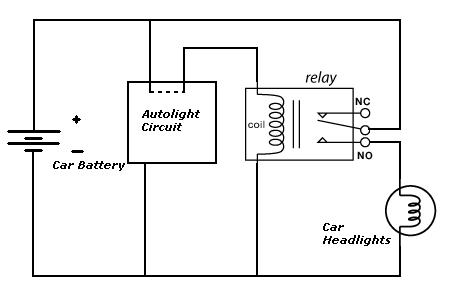
I think that when the Autolight circuit sends a signal to the relay, the relay simply closes the switch which turns the headlights on. The problem occurs when the switch is closed which makes both the relay and the headlights to become connected in parallel and since the headlights resistance is much lower than the relay resistance, the relay simply disconnects which makes the headlights turn off. When the headlights turn off, the electric current passes again through the relay which makes it connect again and thus turn the headlights on again. Of course, this happens very fast which results in a buzzing sound from the relay because it’s connecting/disconnecting very fast. I think I will need to make some change to the circuit to isolate its power source somehow from the headlight power. But how can I do this? this is the big question 😀 . If you have any ideas, please feel free to share them.
BMW E36 Blog: The ultimate BMW E36 M3 information source.

Want to receive exciting tips & information about BMW E36 cars? Enter your Email:-
posted in Electrical, Technical Info, Tips & Tricks, Uncategorized | 4 Comments
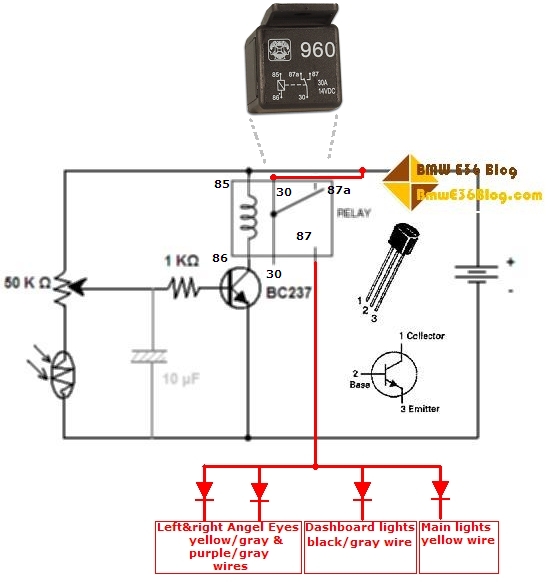
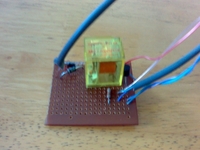
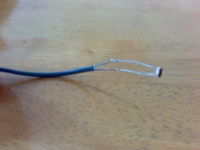
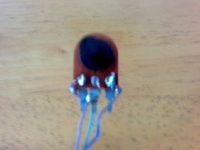

 (4.86 out of 5)
(4.86 out of 5) (4.07 out of 5)
(4.07 out of 5)



